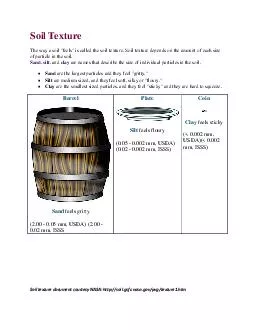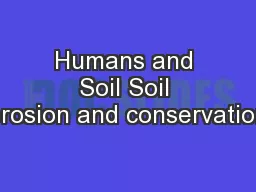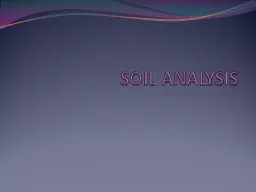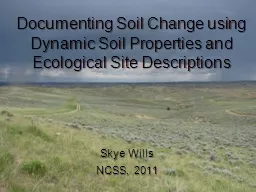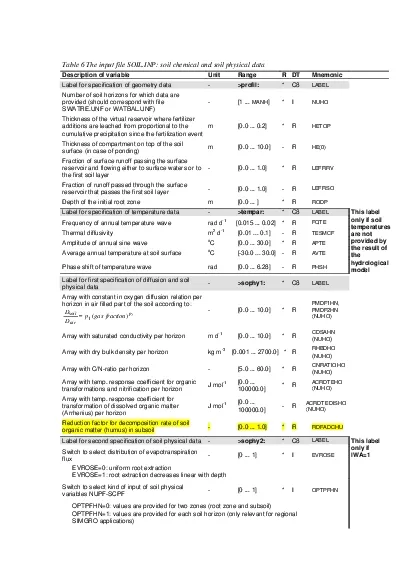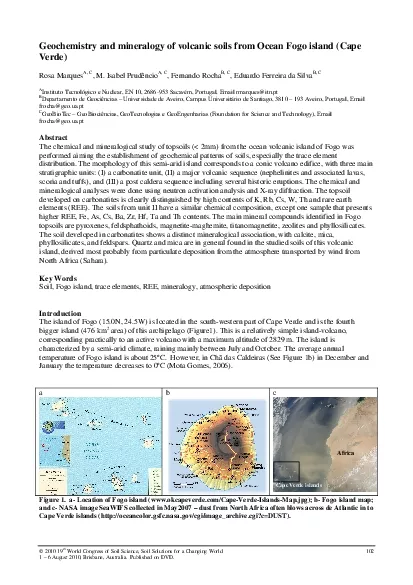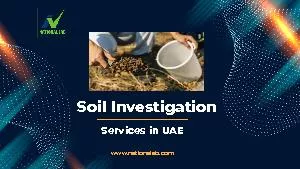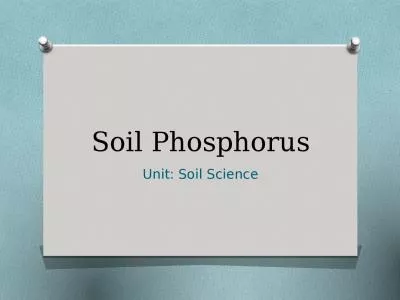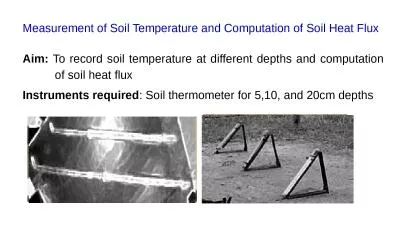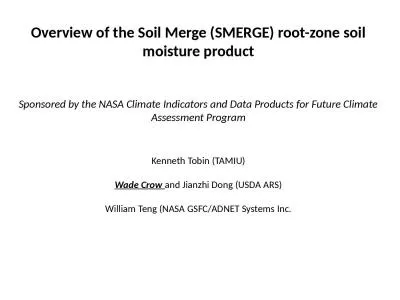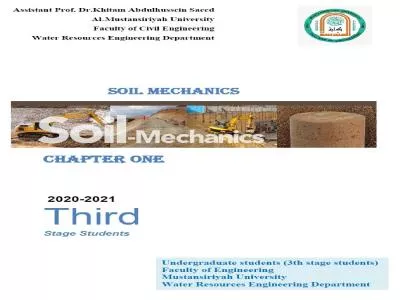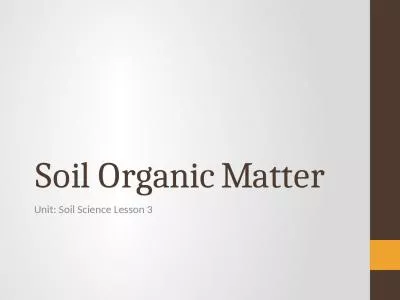PPT-Soil Types
Author : lois-ondreau | Published Date : 2016-07-13
Soil all unconsolidated material in the earths crust Soil includes Mineral particles sand and clay Organic Materials found in topsoil and marsh Air Water Mineral
Presentation Embed Code
Download Presentation
Download Presentation The PPT/PDF document "Soil Types" is the property of its rightful owner. Permission is granted to download and print the materials on this website for personal, non-commercial use only, and to display it on your personal computer provided you do not modify the materials and that you retain all copyright notices contained in the materials. By downloading content from our website, you accept the terms of this agreement.
Soil Types: Transcript
Download Rules Of Document
"Soil Types"The content belongs to its owner. You may download and print it for personal use, without modification, and keep all copyright notices. By downloading, you agree to these terms.
Related Documents


